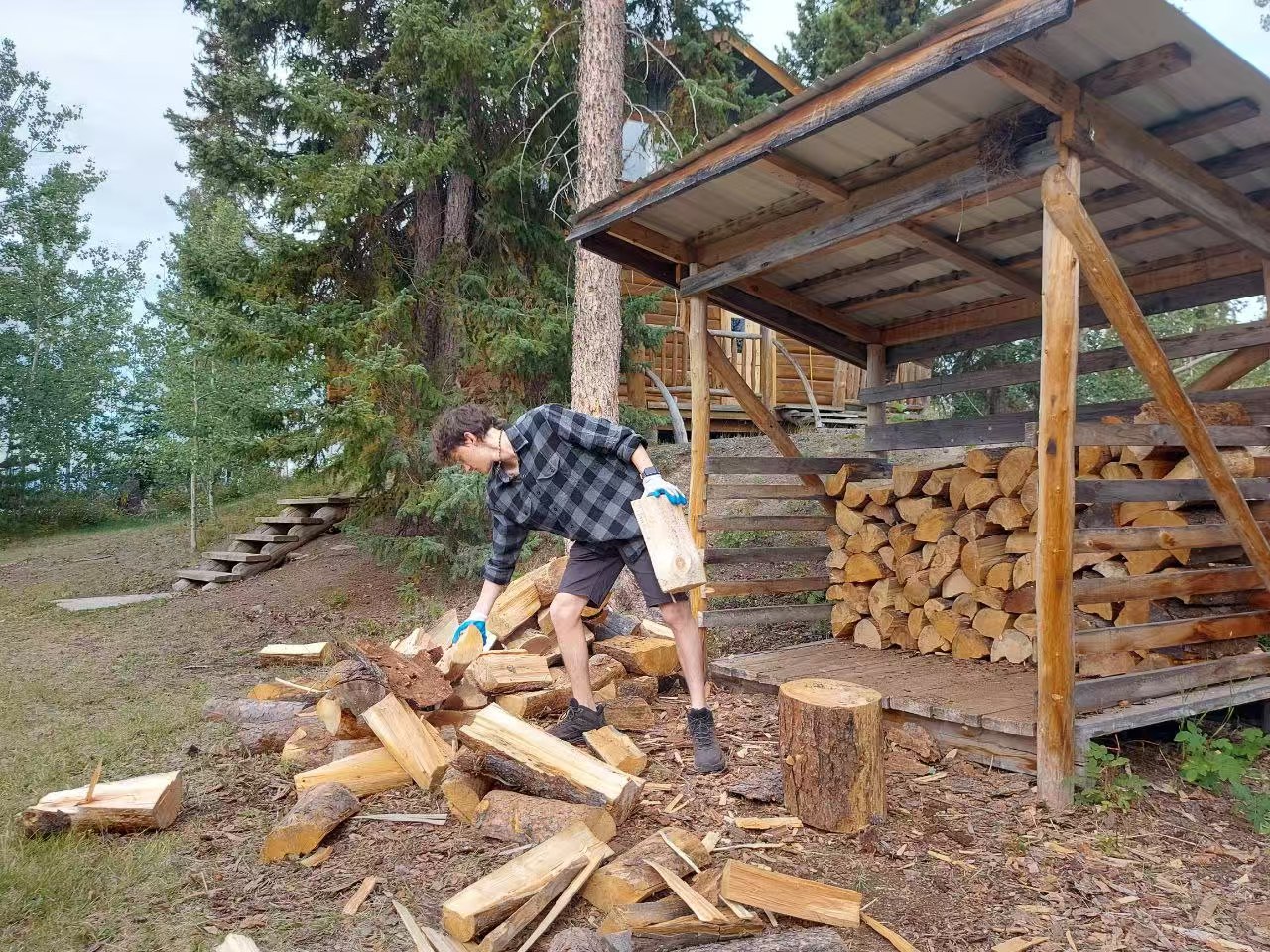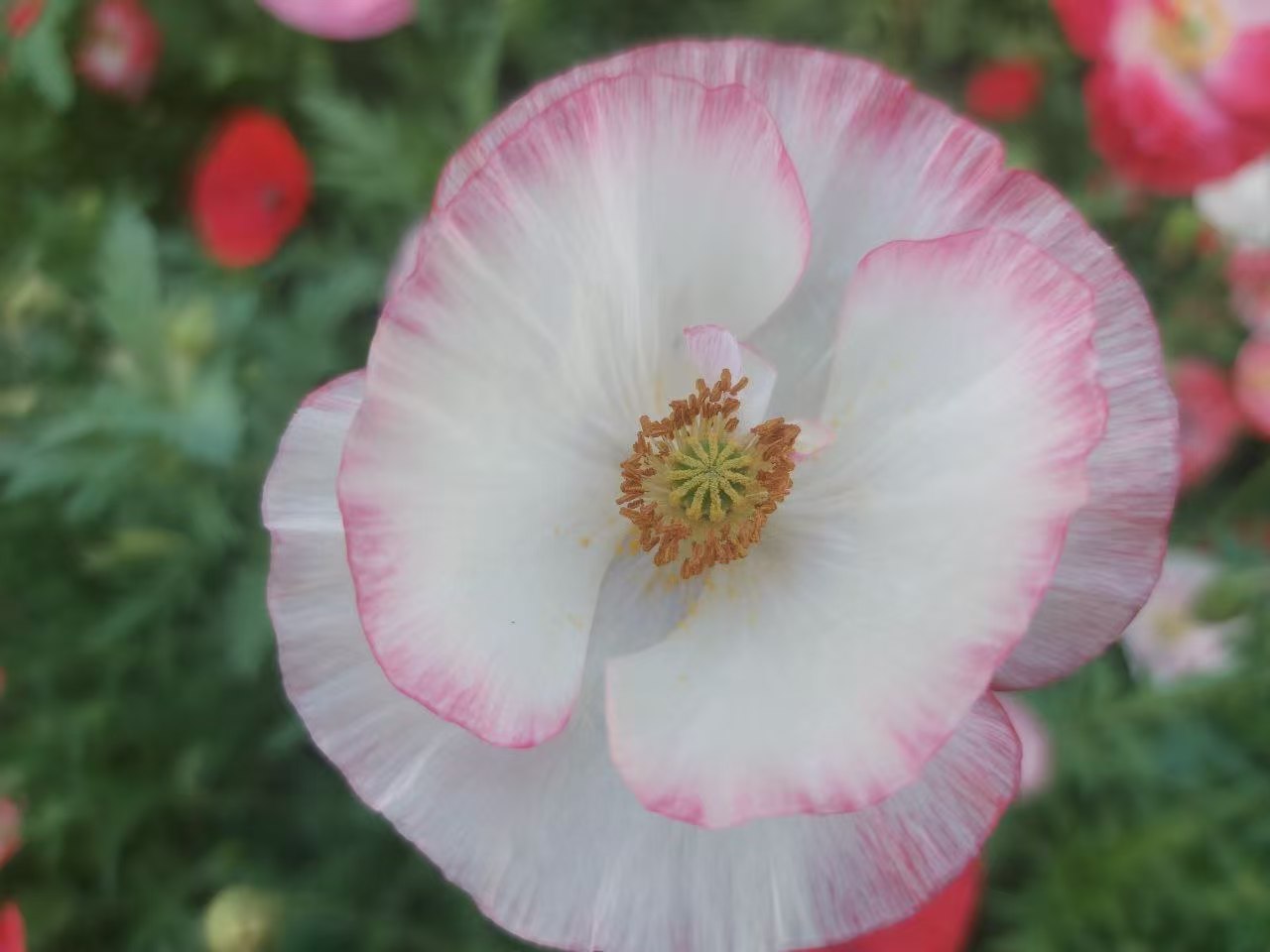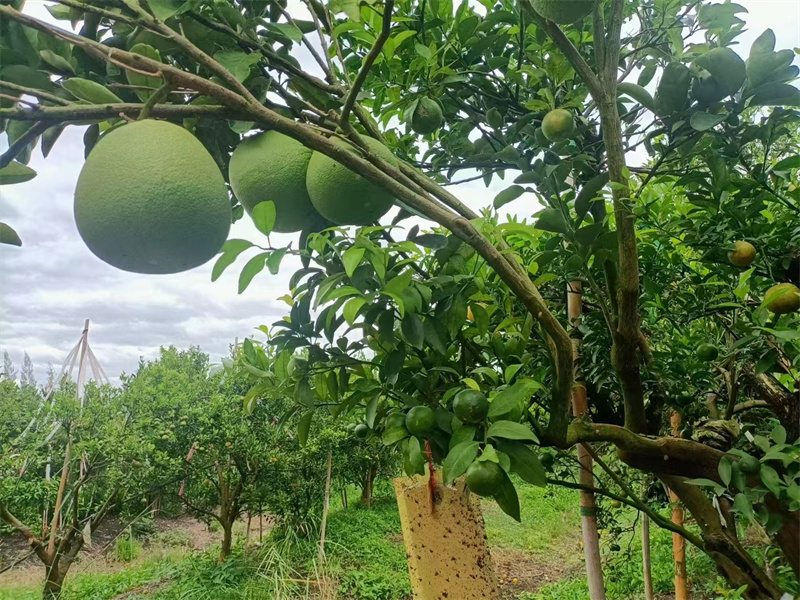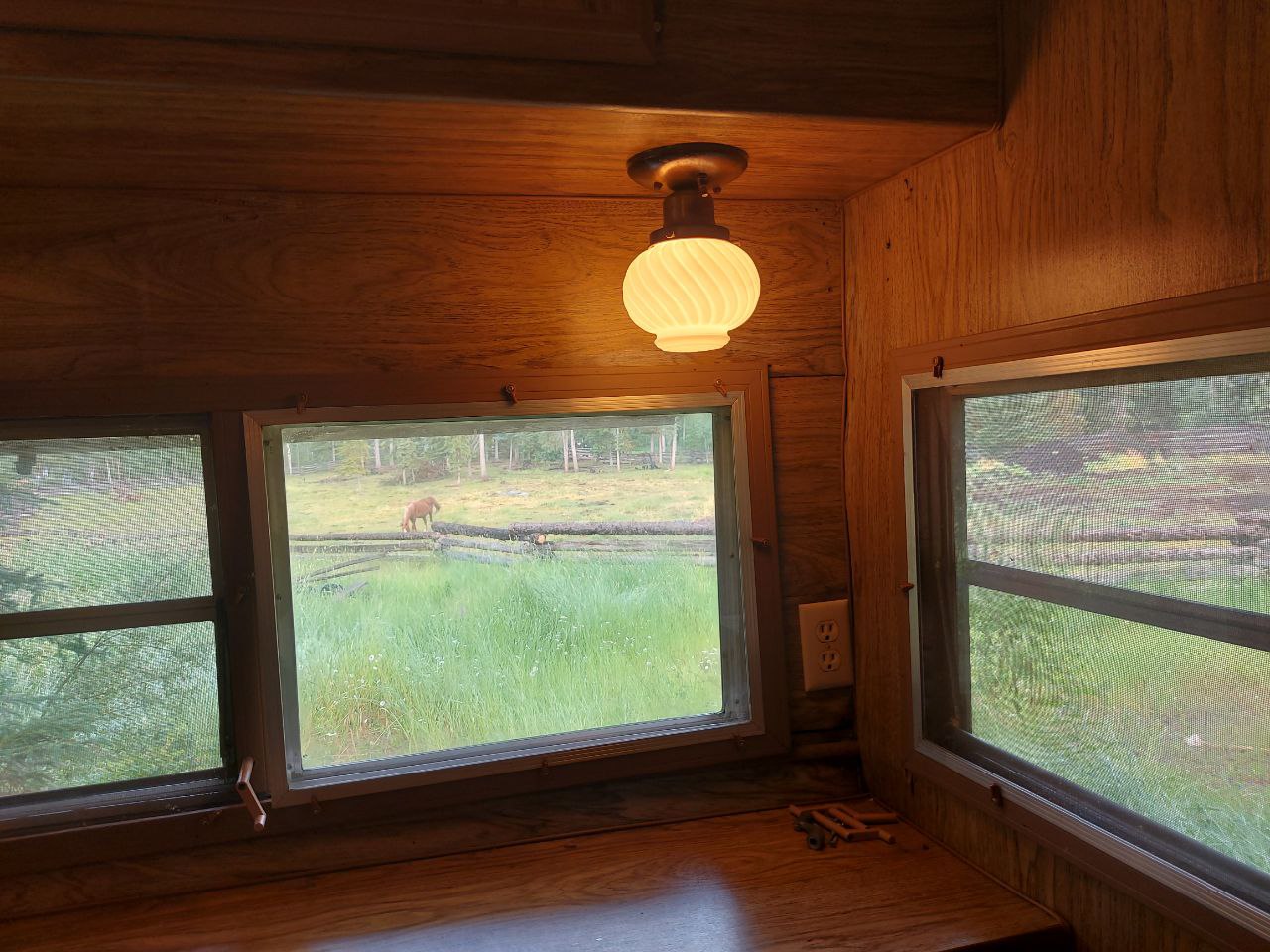|
How Connecting with Nature Can Make You Better at Permaculture
Kyle Koch
Friday, 8th April 2016
The Anake Outdoor School have developed a set of five core routines that help reconnect people with their environment and become more at one with nature.
Before permaculture became a trendy way to interact with our landscape, before mono-cropping and industrial farming, and even long before the invention of the plow, humans lived on this earth with an abundance of food, crafts, materials for tools and hand-crafted homes. This was all possible because of their relationships with the land, plants, animals, trees, birds, insects, waters, weather, and all manner of life. As we’ve moved away from the forests and into towns and cities these relationships have diminished.
Here at Anake Outdoor School we developed a set of core routines to help reconnect humans with their environment. Like permaculture we are focusing on patterns and relationships. An example would be: What is the typical behavior of a red fox in the winter (pattern) and how does this teach you about rabbits, birds, or water (relationships)? Through looking at the landscape in this way we can use this knowledge to help the land realize its full potential.
Throughout 30 years of connecting people more deeply to nature, community, and self we have identified many ways to solidify and expand those connections. Now, this doesn’t just happen on it’s own. Over time we’ve created a bundle of practices that we call the 'Core Routines'.
These routines allow us to observe and connect with nature at a fundamental level. Through these observations we are able to better understand the interconnections of the natural world. Yes, there are lots of brilliant permaculture instructors in the world. But your observations in your backyard may be the key to unlocking the potential of your landscape.
For the purpose of this article we will focus on the top five Core Routines and how these relate to permaculture.
Sit Spot
This is the most important of all the Core Routines. Sit spot is exactly that, a spot in nature where you sit and observe. It is in this place where you start your observations and practice the other core routines. The purpose of this spot is to know it intimately, year round and in all weather. This type of relationship is also the basis for permaculture. In permaculture, it is common practice to spend one year at a minimum getting to know a piece of land before you start manipulating it. The longer the better to be able to account for things like El Níno (which happens every four years) or how the land will react to a 10 year or 100 year storm/flood/etc. Having this kind of knowledge and relationship with a landscape will provide a strong basis for all the decisions made to create a healthy, vital, and regenerative environment for future generations to come.
Mapping This is the physical manifestation of the observations made at your sit spot. This is a great way to track all of the things that are happening. There are several types of maps you can make. Topographic, hydrologic, soil, human trails, animal trails, vegetative, sunlight/shadows, frost, etc. Creating these over time and for different seasons will help turn these observations into relationships. Mapping is a core part of permaculture. All of these maps and relationships will allow you to make well-informed decisions about what and where to put anything and everything.
Tracking A tracker is someone who can create a logical story based on objective observations filtered through the art of deduction - Sherlock Holmes style. The foundation of these skills come from tracking animals. By identifying the tracks of animals we start to learn about their patterns. How they move (physically); how they use the landscape; where and why they leave their track and sign, and ultimately what they are doing out here. It is through this observation and prediction that we learn about pattern recognition. We can also apply this to tracking ourselves and our emotions. We can apply this to marketing and predicting trends. We can apply this to plants and where they prefer to grow. The better we become at identifying patterns the better we become at making accurate predictions. This also helps learn why things work and why they don’t work. This applies to all aspects of permaculture. From knowing when, where, and why to plant or build as well when to move or change things that may not be working.

Story of the Day
This is where we gather at the end of the day to share our experiences. Imagine what we could learn if we sent 20 people out on the landscape and at the end of the day they all gathered to share their experience? This amount of information and experience is huge for learning about an area quickly and more fully. This is especially true for a large piece of land, as a single human we can only go so far and take in so much. The collective experience allows us to more fully experience all the relationships that are happening. Imagine how well you would know your land if you and your peers did this every day?
Gratitude
This one is simple: express gratitude and appreciation for all the amazing physical and biological processes happening in the world that allow you be happy, healthy, and alive! It has been proven in many studies that giving gratitude is the quickest way to connect with all of the things that sustain you. We protect and support the things we care about and expressing gratitude for these things helps us connect to them.
These are just a few ways you can start to connect with nature in your backyard. By practicing the routines you will: - cultivate the ability to recognise patterns
- tap into relationships that are playing out on the landscape
- connect fully to yourself, your community and the natural world
All this leads to being a natural steward of the earth. These skills, when intentionally focused into permaculture, will help you to create a vibrant, abundant, regenerative, and enlivening landscape and ecosystem.
|  Haha, I’ve got a helper now!
Xuefeng
September 8, 2024
(Translation edited by Q
Haha, I’ve got a helper now!
Xuefeng
September 8, 2024
(Translation edited by Q
 Haha, I felt young again!XuefengYesterday morning, after breakfast, I started ch
Haha, I felt young again!XuefengYesterday morning, after breakfast, I started ch
 Papaver rhoeas: The Designated Flower of Lifechanyuan
by Xuefeng
August 20, 2024
Papaver rhoeas: The Designated Flower of Lifechanyuan
by Xuefeng
August 20, 2024
 Joyful Games and Warm Welcome for Gabi at Lifechanyuan's Thai Home
Qianzi Celest
Joyful Games and Warm Welcome for Gabi at Lifechanyuan's Thai Home
Qianzi Celest
 Chilean Girl Gabi Experiences the Life of Lifechanyuan Thailand Second Home Comm
Chilean Girl Gabi Experiences the Life of Lifechanyuan Thailand Second Home Comm
 Another Clean and Tidy Joy House
In the tourist resort Holy Land Home, the guide
Another Clean and Tidy Joy House
In the tourist resort Holy Land Home, the guide
 Post time 2017-10-19 15:52:27
|
3694views0replies
Show the author posts only
|View large image
Post time 2017-10-19 15:52:27
|
3694views0replies
Show the author posts only
|View large image
 |Descending
|Read mode
|Descending
|Read mode







 Favorites
Favorites Relay
Relay Shares
Shares Collection
Collection